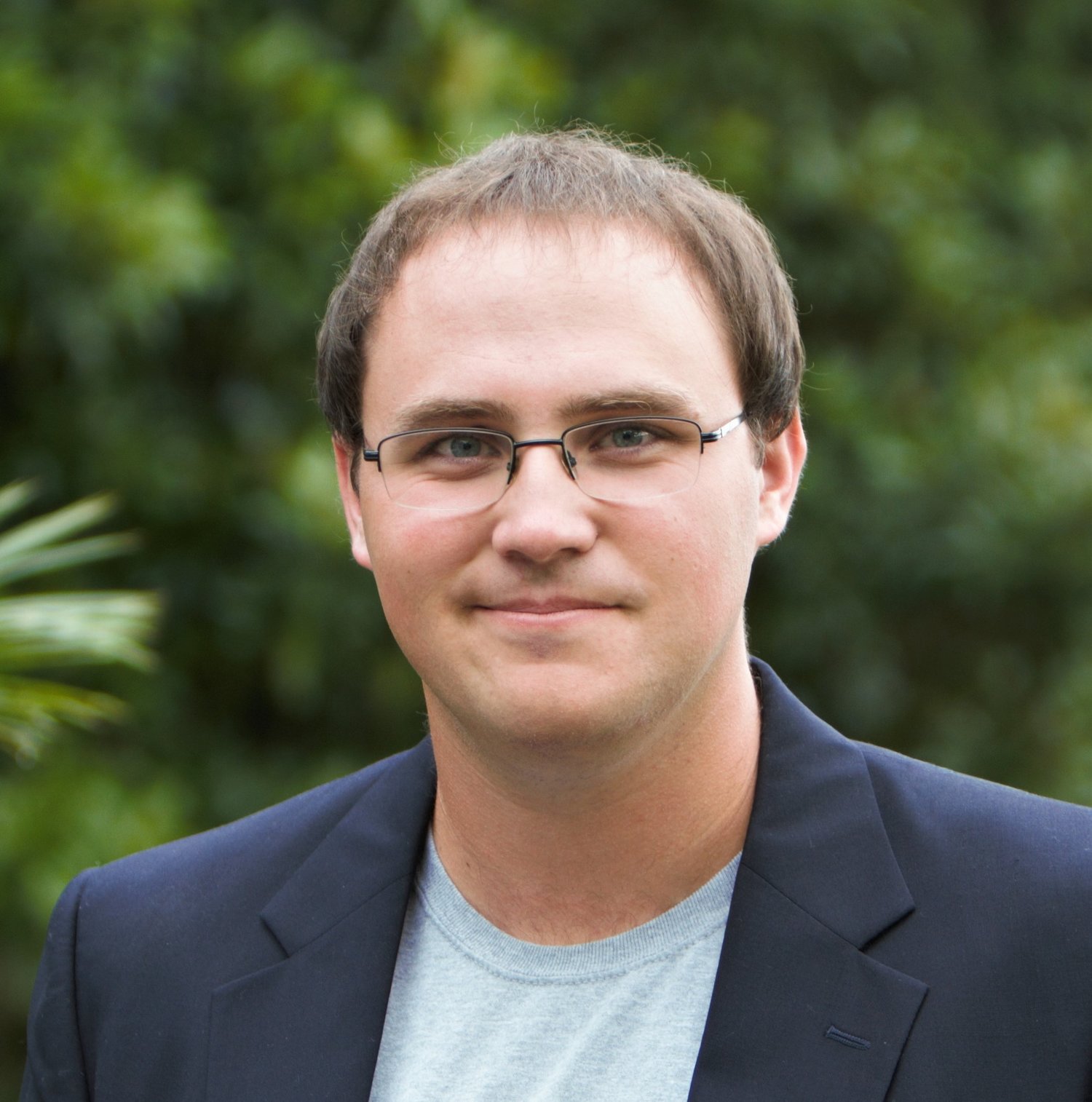Teaching
Assistant Professor of Music — Murray State University — Murray, KY
(since 2019)
I regularly teach in many styles and settings and am therefore confident in my ability to engage and communicate with people of diverse ages, backgrounds, interests. In the university setting, I teach a variety of courses in music theory, aural skills, counterpoint, composition, and digital music. Outside of the university, I have eight years’ experience in facility management, curriculum development, staff supervision, recruitment, and teaching in the nationally-recognized aquatics programs of Camp Raven Knob (Mt. Airy, NC) and the Boy Scouts of America, and regularly serve on the faculty of the BSA National Camping School.
A statement on my teaching philosophy:
There is a room in my childhood home whose walls are decorated with countless jigsaw puzzles that my friends, family, and I assembled over the years. Even today, "puzzling" is one of my favorite ways to stimulate creativity: forcing myself to search for patterns between the pieces and inventing new strategies for categorizing, relating, and understanding them. In a similar manner, I see the world of music theory and composition as a metaphorical jigsaw puzzle whose intricacy, brilliance, and interconnectivity are waiting to be explored and discovered. This is no ordinary 1000-piece rectangular arrangement, mind you; our musical puzzle has many, many more pieces of all shapes and sizes. It is borderless, multi-dimensional, comes with no guiding illustration or box, and contains several extraneous pieces intended to distract the puzzler. How fascinating it is to explore the countless creative possibilities this puzzle presents to us!
Approximately 75% of the way through a puzzle, the assemblers will begin to understand the full breadth of the artwork taking shape—for the first time, everything comes into focus and starts to make sense. Moments like these excite me the most: those times when you think you have the trick figured out but then the magician does something even more spectacular, or when you realize that opening an umbrella indoors or walking under a ladder isn’t actually bad luck (it’s just dangerous), or when you discover that augmented sixth chords in Mozart and tritone substitutions in Coltrane can be derived from the same theoretical principle—when larger, underlying concepts become apparent.
Through teaching, I seek to foster this same passion for exploration and investigation by creating an environment where students can forge these connections for themselves. While describing surface-level details is certainly crucial to accurately representing larger structures, I believe that developing a deep-level understanding of musical process—the big picture—is where the most meaningful learning occurs. My students learn how to approach musical questions with an interdisciplinary mindset, rather than only what “the answers” are, so that they can apply their analytical and creative strategies to the diverse musical and cultural traditions in which they are immersed and approach their university education with an open mind. Instead of focusing on what to think, we learn how to think, how to create, and how to communicate with one another—skills that will last far beyond any class, lesson, or semester.
I sincerely hope that, through my instructional guidance, students will be challenged to continually explore the puzzle of music—and clearly communicate their discoveries—in the classroom, in the concert hall, in their interactions with others, and in their overall approach to life.

